The Enchanting World of Hummingbirds
Hummingbirds. The very name evokes images of iridescent jewels flitting among blossoms. These tiny dynamos are more than just beautiful; they are a biological marvel, boasting a unique combination of traits that set them apart in the avian world. This comprehensive guide delves into every facet of hummingbird life, from their evolutionary history and ecological role to their fascinating behaviors and interactions with humans.
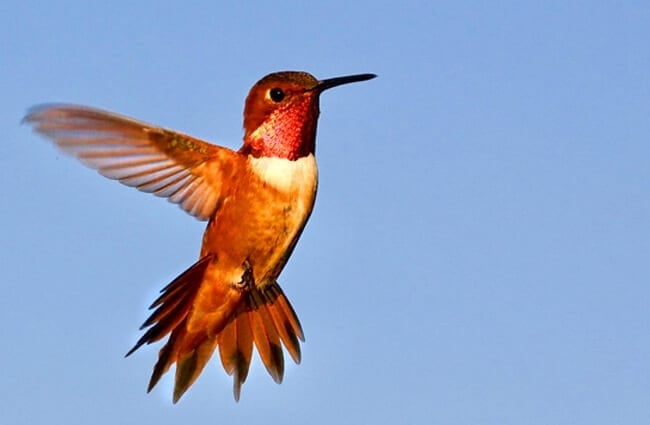
Origins and Evolution
The evolutionary story of hummingbirds is a testament to adaptation. Their lineage traces back to the family Trochilidae, which likely originated in South America during the Oligocene epoch, roughly 30 million years ago. Fossil evidence suggests early hummingbirds had shorter bills and a broader diet than most modern species. Over time they co‑evolved with flowering plants, developing longer, more specialized bills and tongues that allow them to extract nectar efficiently, as well as the remarkable ability for sustained hovering flight. This specialization led to the incredible diversity we see today, with over 360 recognized species.
Habitat and Distribution
The Americas are the exclusive domain of hummingbirds. Their range extends from Alaska to Tierra del Fuego, encompassing a vast array of habitats. While most species are concentrated in the tropics and subtropics of Central and South America, several species venture into temperate regions during the breeding season. Hummingbirds thrive in diverse environments—including rainforests, cloud forests, grasslands, and even deserts—so long as nectar sources and suitable nesting sites are available. Species distribution is heavily influenced by the availability of flowering plants and suitable climate conditions.
Diet and Foraging Behavior
Nectar is the cornerstone of a hummingbird’s diet, providing the high energy needed to fuel their incredibly fast metabolism. They obtain nectar by using their long, extendable tongues, which possess tiny lamellae that absorb the sugary liquid. However, nectar alone does not provide all the necessary nutrients. Hummingbirds are also opportunistic insectivores, consuming small insects, spiders, and insect eggs. These foods provide essential proteins and fats, especially during breeding season when feeding nestlings.
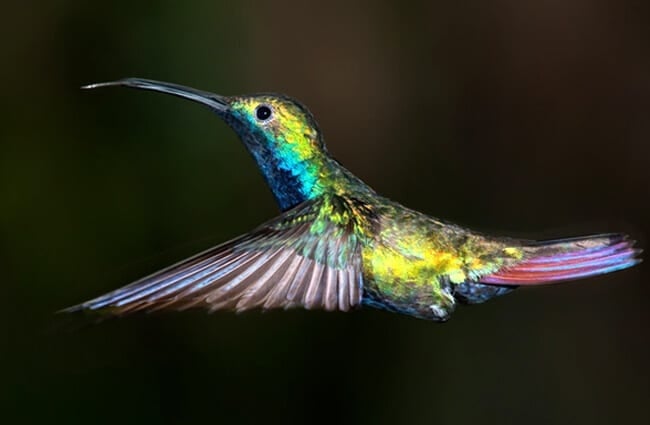
Hummingbirds exhibit a remarkable foraging strategy known as trap lining. They visit a sequence of flowering plants, returning to each one after a predictable interval to exploit newly produced nectar. This efficient strategy minimizes energy expenditure. They can also enter a state of torpor—a short‑term, hibernation‑like state—to conserve energy during cold nights or periods of food scarcity.
Finding Hummingbirds in the Wild
For bird watchers hoping to spot these avian gems, understanding their habitat preferences is key. Look for areas with abundant flowering plants, especially those with tubular flowers in shades of red, orange, and pink. Gardens planted with bee balm, salvia, and honeysuckle are particularly attractive. Early morning and late afternoon are often the most active times for foraging. Listen for a faint buzzing sound—a telltale sign that a hummingbird is nearby. A little patience and a keen eye will greatly increase your chances of a sighting.
Breeding and Reproduction
Hummingbird courtship displays are elaborate and visually stunning. Males perform aerial acrobatics, showcasing their iridescent plumage and vocal abilities to attract females. These displays can involve complex flight patterns, dives, and the production of distinctive chirping or buzzing sounds.
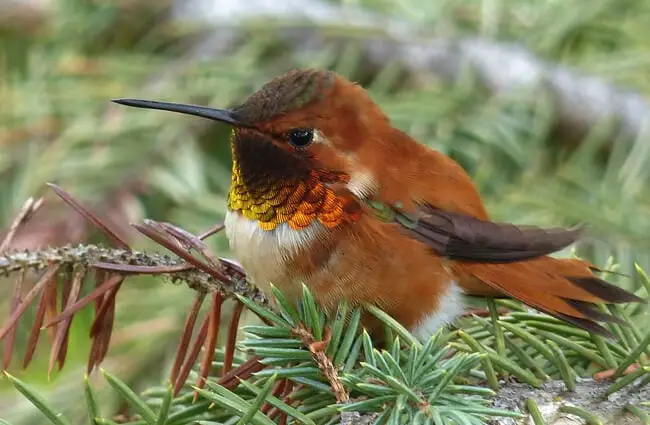
Female hummingbirds are solely responsible for nest construction and chick rearing. They build tiny cup‑shaped nests using plant down, spider webs, and lichens, camouflaging them meticulously within shrubs or trees. The nest is remarkably elastic, expanding as the chicks grow. Females typically lay two tiny white eggs. Incubation lasts around 12 to 14 days. Chicks are altricial, meaning they are born helpless and require constant feeding and care. The mother feeds them regurgitated insects and nectar. Young hummingbirds fledge—or leave the nest—after approximately 3 to 4 weeks, but remain dependent on their mother for several more weeks.
Ecological Role and Interactions
Hummingbirds are crucial pollinators, playing a vital role in the reproductive success of many plant species. Their long bills and foraging habits allow them to reach nectar deep within flowers that other pollinators cannot access. This makes them particularly important for pollinating plants in specialized ecosystems. They also interact with other animals. Hummingbirds may defend their feeding territories aggressively against other hummingbirds and even larger birds. They are occasionally preyed upon by hawks, falcons, and snakes.
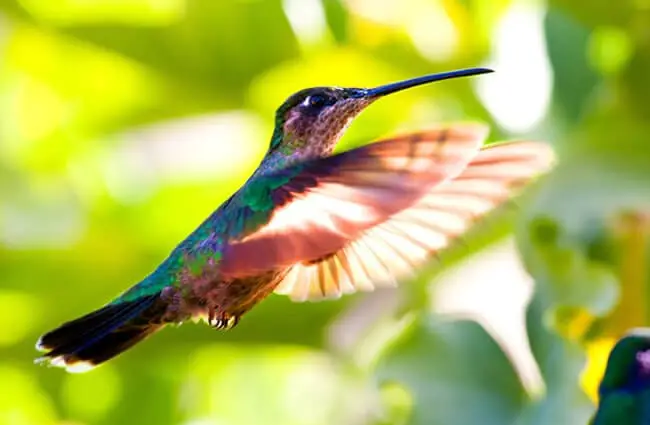
Hummingbirds and Humans
Hummingbirds have held a special place in human culture for centuries. In many indigenous cultures of the Americas, they are revered as symbols of joy, love, and resilience. They feature prominently in folklore, art, and religious ceremonies. Modern humans can support hummingbird populations by planting native flowering plants, providing clean water sources, and avoiding the use of pesticides.
Encountering a Hummingbird: What to Do
If you encounter a hummingbird while hiking, observe it from a respectful distance. Avoid making sudden movements or loud noises. Do not attempt to touch or handle the bird. If you find an injured hummingbird, contact a local wildlife rehabilitation center for assistance.
Caring for Hummingbirds in Captivity
When caring for hummingbirds in captivity, provide a specialized environment that encourages natural flight. A large, walk‑in aviary is essential, allowing birds to exercise freely. The aviary should contain a variety of flowering plants and be supplemented with artificial nectar feeders. The nectar should be carefully formulated to provide the necessary sugars, amino acids, and vitamins. Maintaining strict hygiene is crucial to prevent the spread of disease. Regular monitoring of the birds’ health and behavior is also essential. Avoid any loud noises or sudden movements that might stress the birds.
Fascinating Hummingbird Facts
- Hummingbirds have the highest metabolism of any warm‑blooded animal.
- Their hearts can beat over 1,200 times per minute.
- They can fly at speeds of up to 55 miles per hour when sprinting.
- Some species can hover for extended periods without tiring.
- They are the only birds that can fly backwards.
- Hummingbirds migrate long distances; some travel over 2,500 miles.
- Their feathers are iridescent due to microscopic structures that refract light.
- The smallest hummingbird species, the bee hummingbird, is only about 2.25 inches long.
- They can enter a state of torpor to conserve energy.
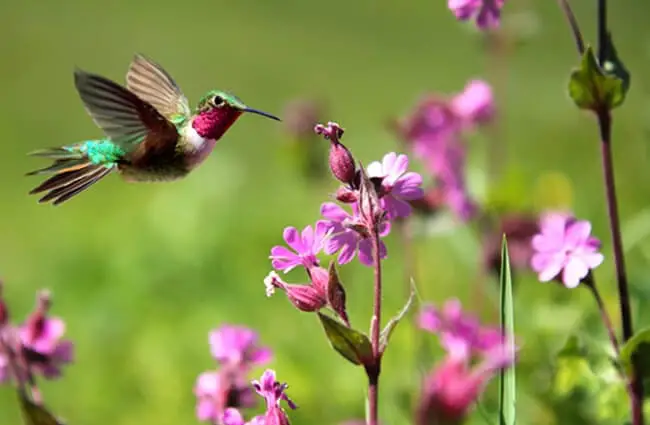
Conclusion
Hummingbirds are truly remarkable creatures, representing a pinnacle of evolutionary adaptation. Their dazzling beauty, incredible flight skills, and vital ecological role make them a treasure to be cherished and protected. By understanding and appreciating these tiny dynamos, we can ensure their continued survival for generations to come.
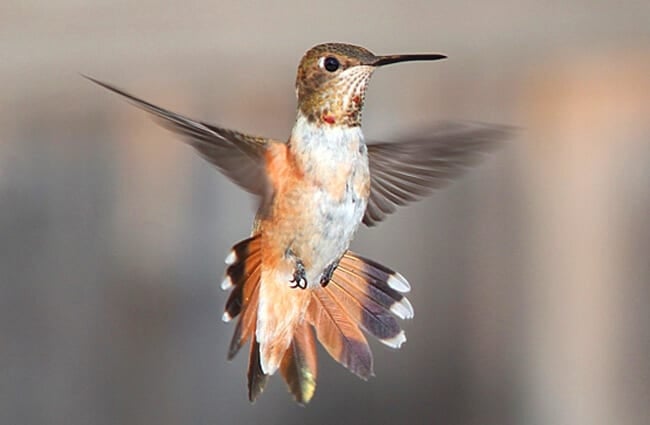

![Red Angus Closeup of a beautiful Red Angus cowPhoto by: U.S. Department of Agriculture [pubic domain]https://creativecommons.org/licenses/by/2.0/](https://animals.net/wp-content/uploads/2020/03/Red-Angus-4-238x178.jpg)


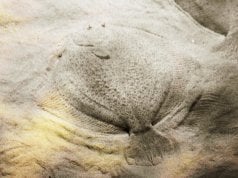
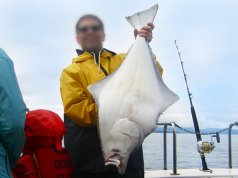
![Red Angus Closeup of a beautiful Red Angus cowPhoto by: U.S. Department of Agriculture [pubic domain]https://creativecommons.org/licenses/by/2.0/](https://animals.net/wp-content/uploads/2020/03/Red-Angus-4-100x75.jpg)

